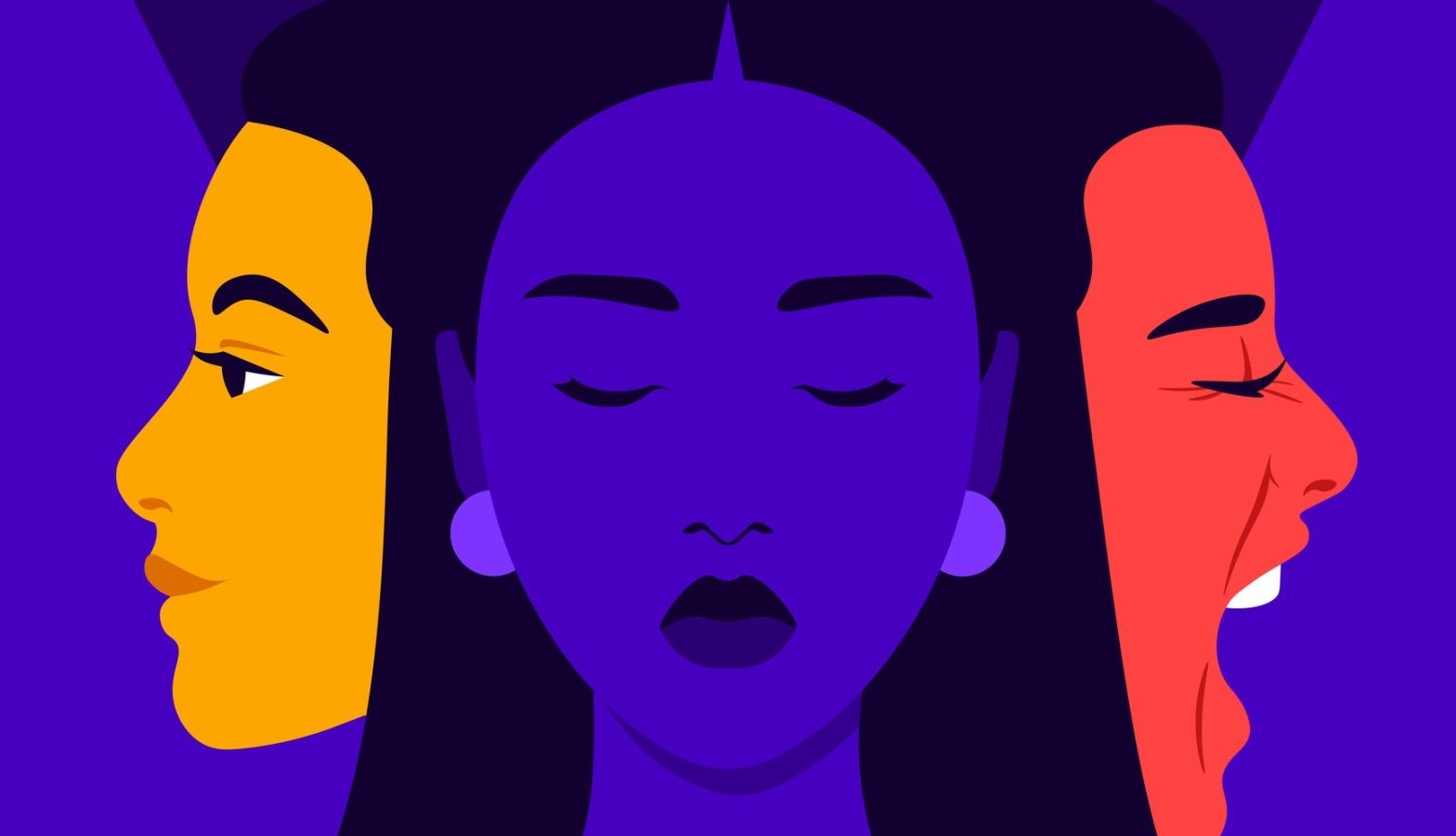Emotions are a part of being human.
When you lose someone you love, you experience grief. When you accomplish your goals, you feel happy.
If you stub your toe on the bed frame in the morning, it sucks.
We all understand emotions and we experience them every single day.
But in reality, emotions are not what we think they are.
They are not uncontrollable hardwired brain reactions. They are not universally recognized and expressed.
Emotions are not built into our brains at birth. But, they are built.
A Guessing Game
Emotions generate inside the brain, that much we know.
Throughout history, scientists have talked about emotional circuits within the brain. Many believed that specific emotions were produced in specific areas and through specific pathways in the human mind.
Dr. Lisa Barrett disagrees.
“The bottom line is that nobody has ever found a brain circuit for any emotion. Emotions don’t live at any set location in the brain. Instead, they are constructed by the whole brain as needed,” she says.
As one of the most cited scientists in the world and a professor at prestigious universities including Harvard and Northeastern, she would know.
So, we build emotions in the brain, but what are they?
According to Dr. Barrett, they are guesses.
These guesses are built by billions of cells working together simultaneously in the brain to process an emotion relevant to whatever situation you are in.
Furthermore, Dr. Barrett suggests that the brain isn’t merely reacting with emotions, it’s predicting.
“Predictions are the basis of every experience that you have. They are the basis of every action that you take. Your brain does not react to the world. Using past experience, your brain predicts and constructs your experience of the world,” she says.
Our brains are constantly shifting through a lifetime of experience, making thousands of guesses at the same time, weighing the probabilities, trying to answer the question “What is this most like?”
This might seem overwhelming or even preposterous. But, the good news is that this means we have a lot more control over our emotions than we think we do.
Take Control
So, according to Dr. Barrett, emotions that seem to happen to us are actually made by us.
This means that if we change the ingredients our brains use to build emotions, we can have control over the emotions themselves.
Here’s an example:
You wake up and just feel like crap. We’ve all experienced this.
Then, you start dreading the day.
Your mind starts to race. You think about all the annoying stuff you have to do today. The traffic on the way to work or the dreadful (and sometimes smelly) train ride. The endless emails. The deadlines. Your body hurts. Maybe you’re getting sick. What is wrong with your life?
This vicious cycle all starts with a prediction, a guess, from the brain.
The mind racing is the brain trying to find an explanation for those sensations in your body that you experienced when you woke up.
But those sensations are probably not an indication that anything is wrong with your life.
Maybe you’re tired, or hungry, or dehydrated. Maybe you just didn’t sleep well.
The brain can transform physical discomfort into emotional stress in the blink of an eye.
Recognizing this fact is a gamechanger; it gives you power over your emotions.
After you realize this, all it takes is practice to really gain control. Here’s a free, guided practice.


